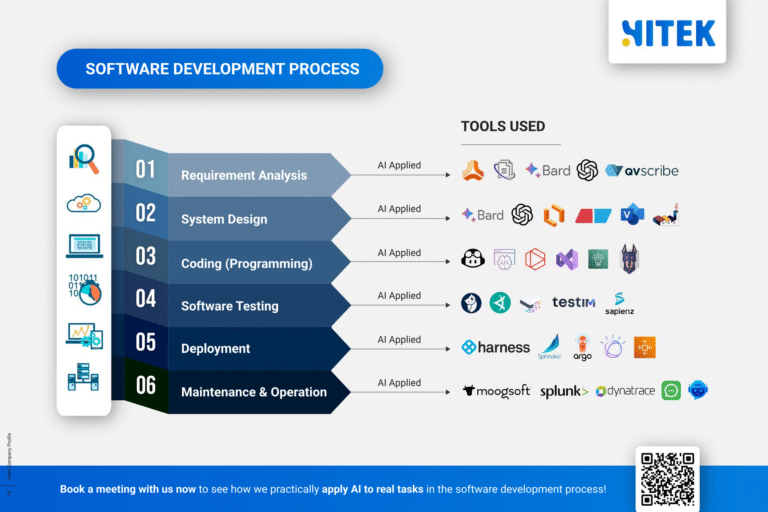Software development moves fast—sometimes too fast. Bugs slip through, users report issues, and before you know it, your team is scrambling to deploy a hotfix before things spiral. But what exactly is a hotfix, and when should Australian developers use one?
In this guide, we’ll explain hotfixes, how they differ from regular patches, and best practices for implementing them without breaking your production environment.
Contents
ToggleHotfixes Explained: The Emergency Band-Aid for Software
A hotfix is a minor, urgent software update that fixes a critical bug or security vulnerability. Unlike scheduled patches, hotfixes bypass the usual development cycle and are deployed as soon as possible—often within hours or days of discovery.
Think of it as an emergency room visit for your software. If a significant bug is causing crashes, data loss, or security risks, a hotfix is the immediate remedy while a more permanent solution is being developed.
Why Are Hotfixes Necessary?
- Critical Bugs: A flaw that crashes the system or corrupts data can’t wait for the next release.
- Security Vulnerabilities: If hackers exploit a weakness, delaying a fix could lead to breaches (like the infamous Log4j vulnerability).
- Compliance Risks: Australian businesses under regulations like the Privacy Act 1988 may need rapid fixes to avoid legal penalties.
Hotfix vs. Patch vs. Regular Update: What’s the Difference?
| Type | Purpose | Deployment Speed | Testing |
|---|---|---|---|
| Hotfix | Emergency bug or security fix | Immediate | Minimal (risk-based) |
| Patch | Non-critical bug fixes | Scheduled | Full regression testing |
| Update | New features, improvements | Planned (weeks/months) | Extensive QA |
While patches and updates follow a structured release schedule, hotfixes are all about speed. However, this urgency comes with risks—rushed fixes can introduce new bugs if not handled carefully.
When Should Australian Developers Use a Hotfix?
Not every bug warrants a hotfix. Deploying one unnecessarily can disrupt workflows and increase technical debt. Here’s when it’s justified:
✅ System Outages: If your app is down, a hotfix gets it back online fast.
✅ Security Exploits: Zero-day vulnerabilities (like this 2023 Microsoft Exchange flaw) need immediate attention.
✅ Data Corruption: Bugs that risk losing customer data can’t wait.
🚫 Minor UI Glitches: A misaligned button can likely wait for the next patch.
🚫 Feature Requests: Hotfixes aren’t for enhancements—save those for scheduled updates.
Best Practices for Deploying Hotfixes Safely
1. Prioritise Risk Assessment
Before rushing a fix, ask:
- How severe is the issue? (Is it breaking core functionality?)
- Can it wait? (If only 1% of users are affected, maybe schedule a patch.)
2. Test (As Much As Possible)
While hotfixes skip complete QA cycles, basic checks are crucial:
- Unit Testing: Verify that the fix works in isolation.
- Smoke Testing: Ensure the update doesn’t crash the system.
3. Automate Rollbacks
Automated rollback scripts (like those in GitHub Actions) can revert changes instantly if the hotfix fails.
4. Document Everything
Hotfixes can create “spaghetti code” if not tracked. Tools like Jira or Azure DevOps help log changes for future refactoring.
5. Communicate with Stakeholders
Australian teams should notify:
- Internal Devs (to avoid merge conflicts)
- Customers (via status pages or emails)
Real-World Hotfix Examples
📌 X (Twitter) – 2023 Outage
When users suddenly couldn’t tweet, X deployed a hotfix within hours—avoiding prolonged downtime.
📌 Commonwealth Bank App – Login Failures
In 2022, a CBA app bug locked users out. A swift hotfix restored access before a significant backlash.
Key Takeaways for Australian Tech Teams
✔ Hotfixes are emergency repairs—use them only for critical issues.
✔ Speed matters, but stability matters more—test as much as possible.
✔ Document and communicate to avoid future tech debt.
Need help managing your deployment pipeline? Check out Atlassian’s guide to CI/CD for smoother releases.
Final Thought: Should You Hotfix or Wait?
Hotfixes are necessary in software development, but overusing them can lead to messy code and burnout. Australian teams should balance urgency with long-term stability because while speed wins battles, strategy wins the war.
Do you have a hotfix horror story or a best practice? Please share it in the comments!









